Autism sensory products are essential tools designed to comfort and support individuals with sensory processing needs. They can significantly improve focus, relaxation, and overall well-being, making them invaluable in both home and educational settings.
Understanding Autism Sensory Needs
Individuals with autism often experience sensory sensitivities, and Autism sensory products address these needs by providing calming, engaging, and stimulating experiences. Whether through tactile, auditory, or visual stimulation, these products are designed to cater to various sensory preferences and requirements.
Types of Autism Sensory Products
- Tactile Sensory Tools
- Tactilesensory products include sensory balls, textured mats, and fidget toys. These tools help individuals with autism explore different textures and sensations, which can be soothing and beneficial for sensory integration.
- Visual Sensory Items
- Visual sensory products often feature vibrant colors, lights, or patterns that capture attention and provide visual stimulation. Examples include bubble tubes, light-up toys, and sensory boards. These products are excellent for calming anxiety and providing visual engagement.
- Auditory Sensory Devices
- Auditory sensory products cater to those who benefit from sound stimulation. These include noise-canceling headphones, soothing sound machines, and musical toys. Such products help manage auditory sensitivities and provide a calming auditory experience.
Benefits
Autism sensory products offer numerous benefits, including:
- Improved Focus and Attention
- Many sensory products help individuals with autism concentrate better by reducing sensory overload and providing targeted stimulation.
- Enhanced Relaxation and Comfort
- Calming sensory tools can help manage anxiety and create a more comfortable environment, promoting relaxation and well-being.
- Development of Sensory Integration Skills
- Engaging with various sensory products supports the development of sensory integration skills, aiding in processing sensory information.
Choosing the Right Autism Sensory Product
Selecting the appropriate autism sensory product depends on individual sensory needs and preferences. Factors such as the type of sensory input required, the individual’s specific sensitivities, and the product’s intended use should be considered. Testing different options and observing responses can help find the most effective solutions.
Conclusion
Autism sensory products play a crucial role in supporting sensory needs and enhancing the quality of life for individuals with autism. These products provide valuable support in managing sensory sensitivities and promoting comfort by offering a range of tactile, visual, and auditory experiences. Whether used at home, in the classroom, or therapeutic settings, sensory products are essential tools for fostering well-being and sensory integration.


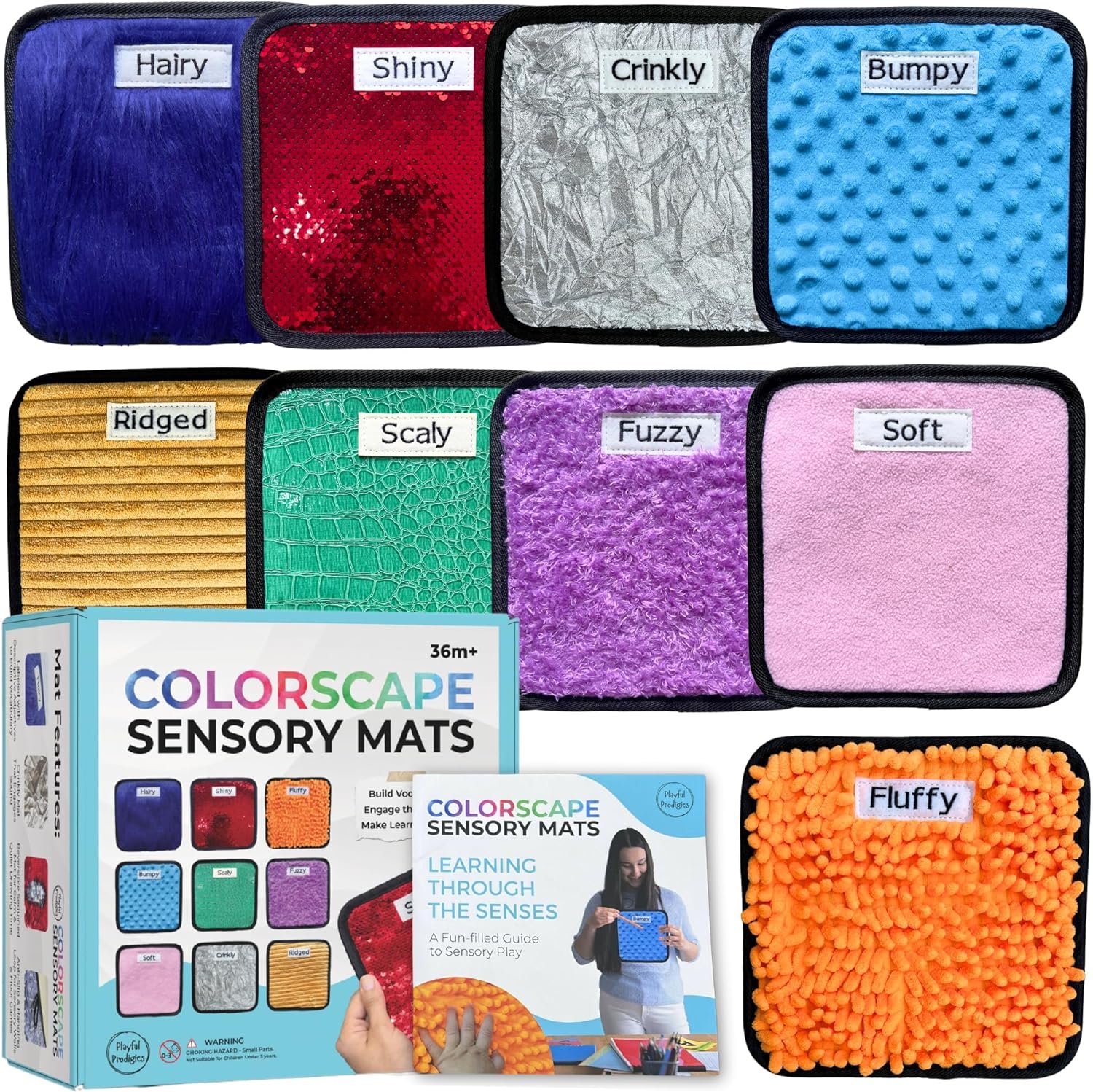
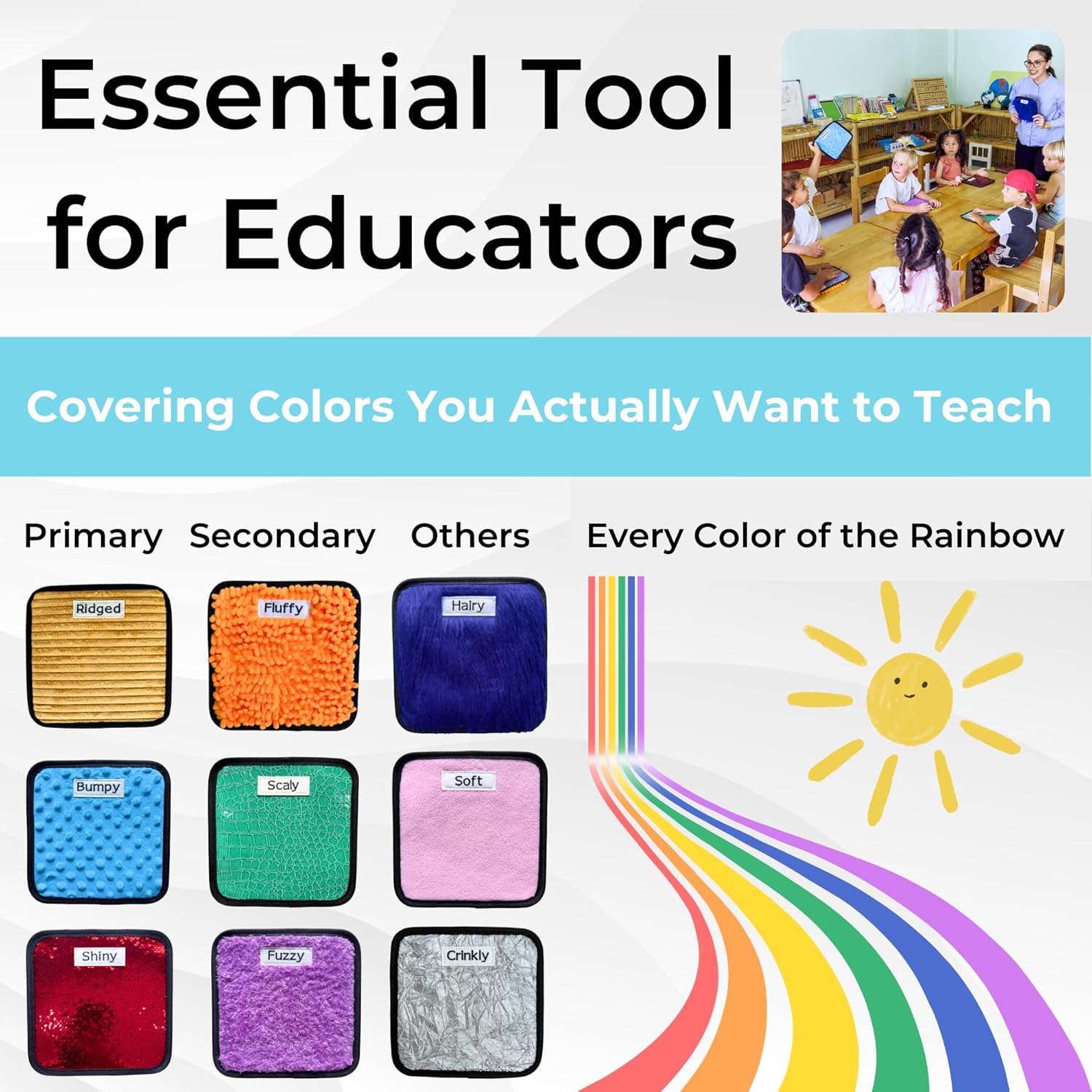
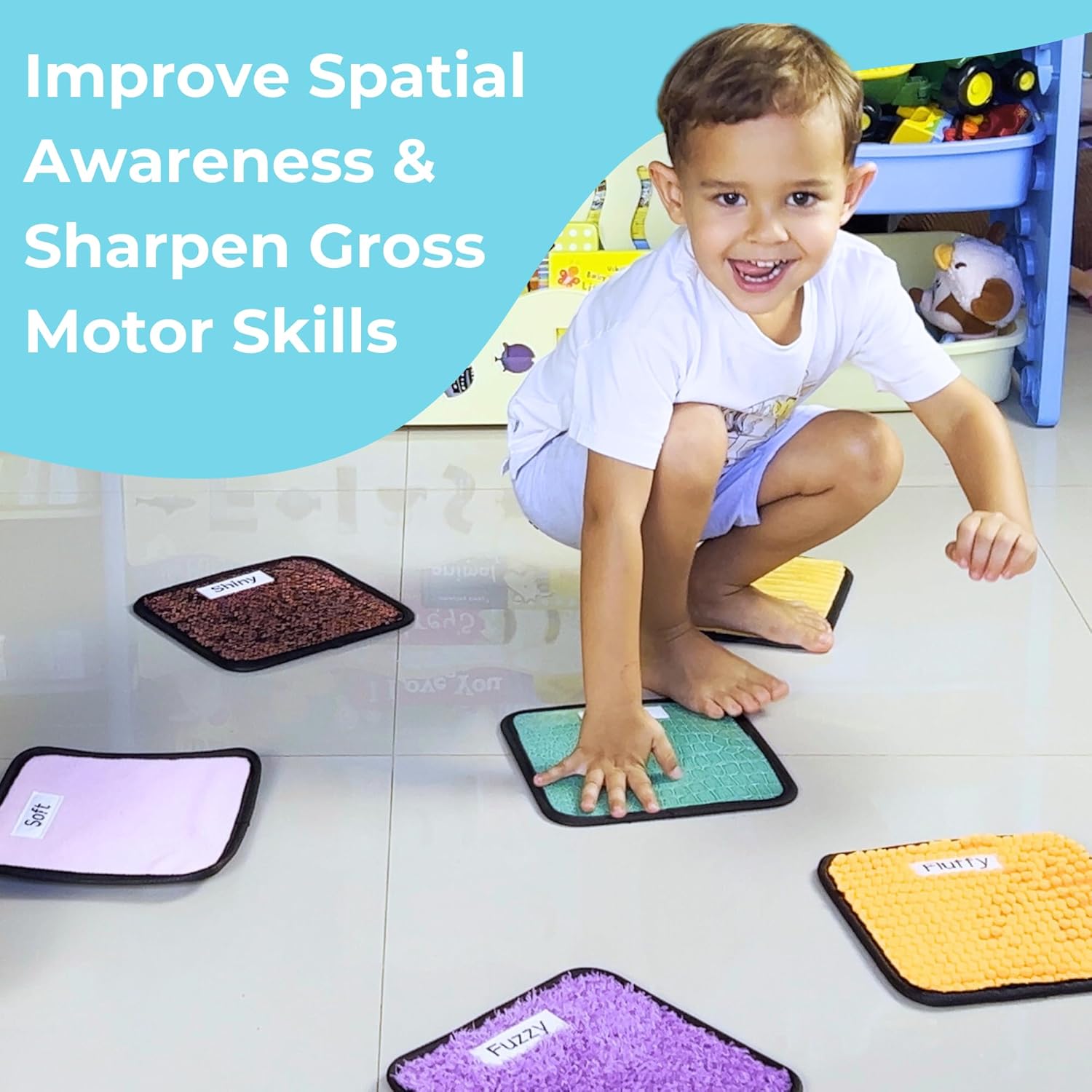
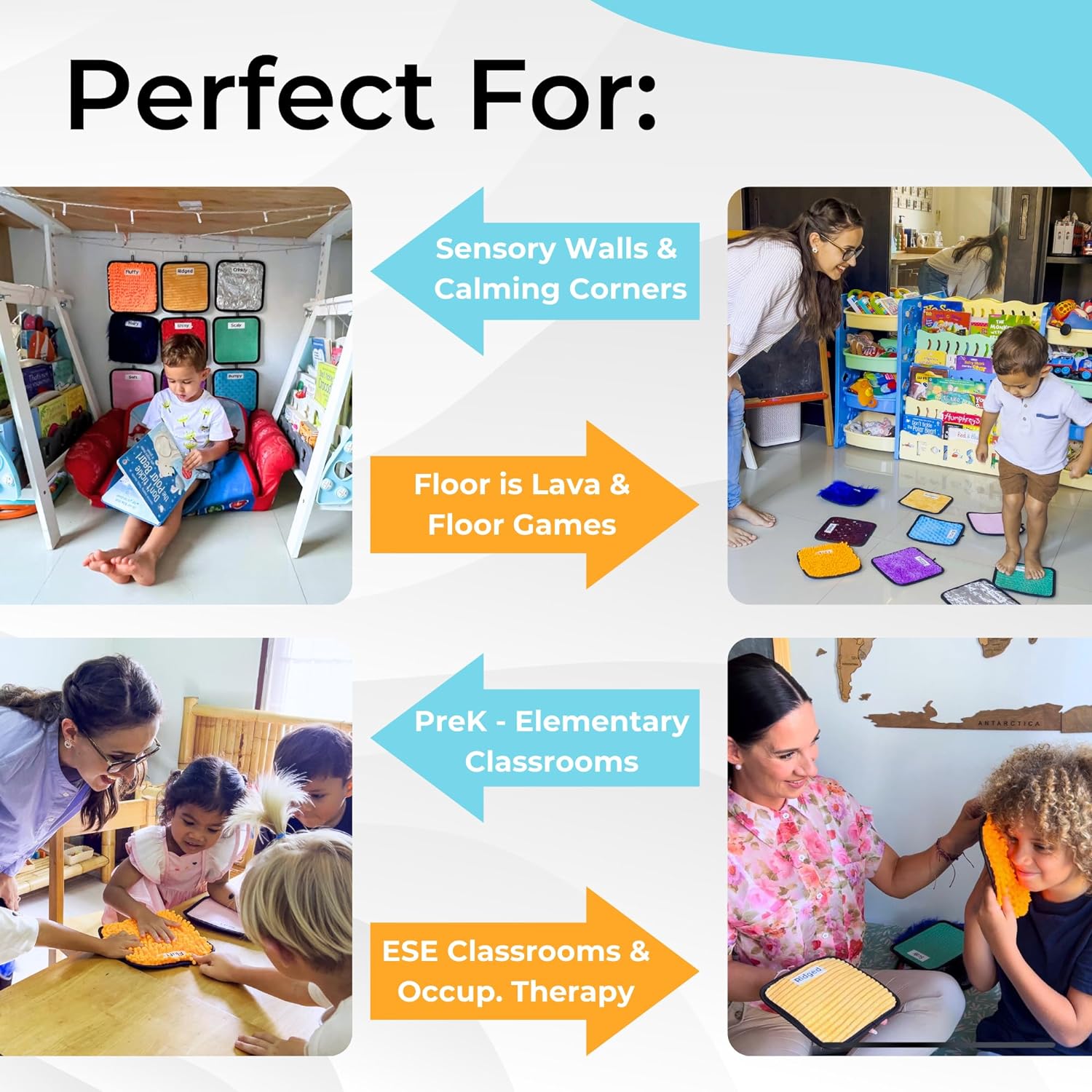
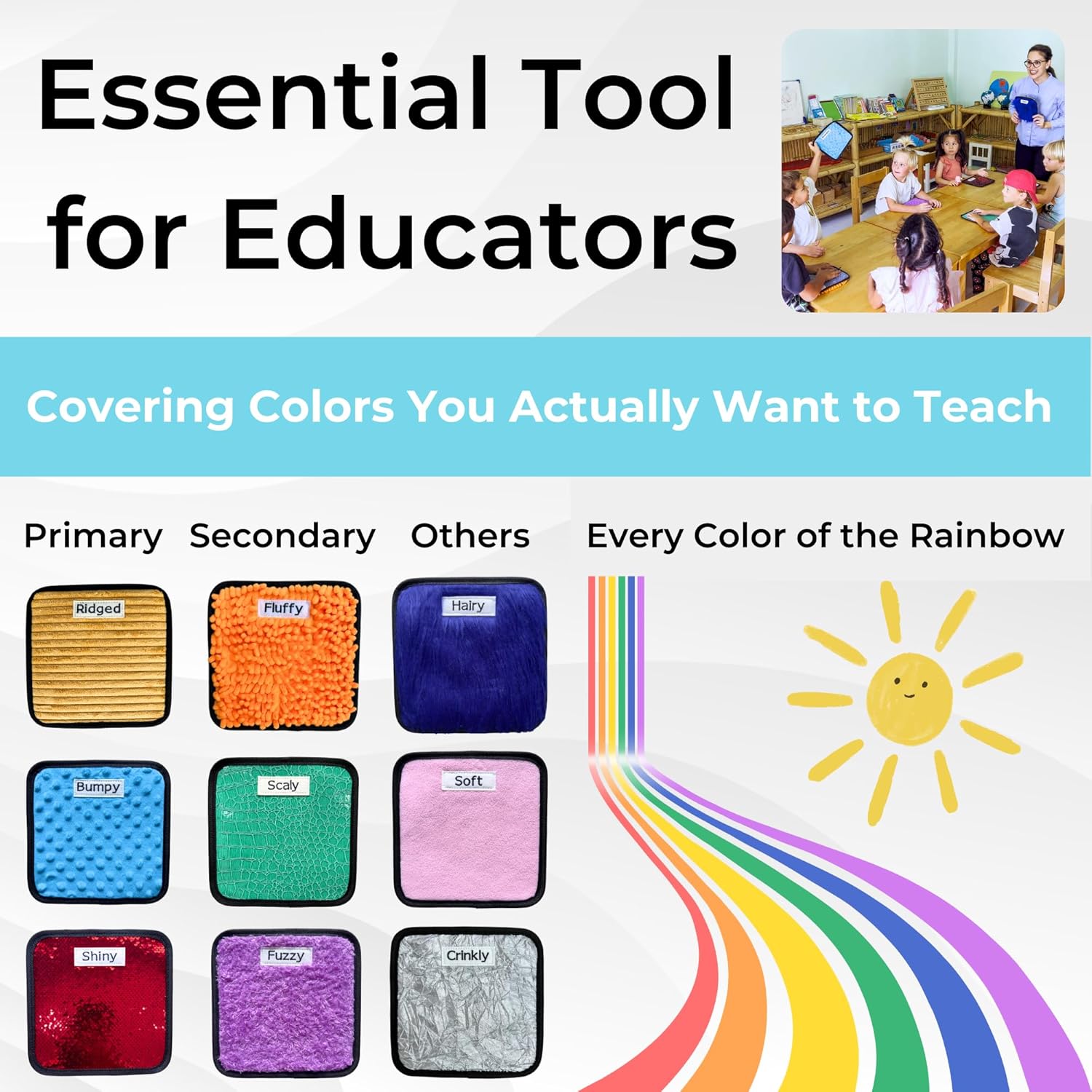






























Reviews
There are no reviews yet.